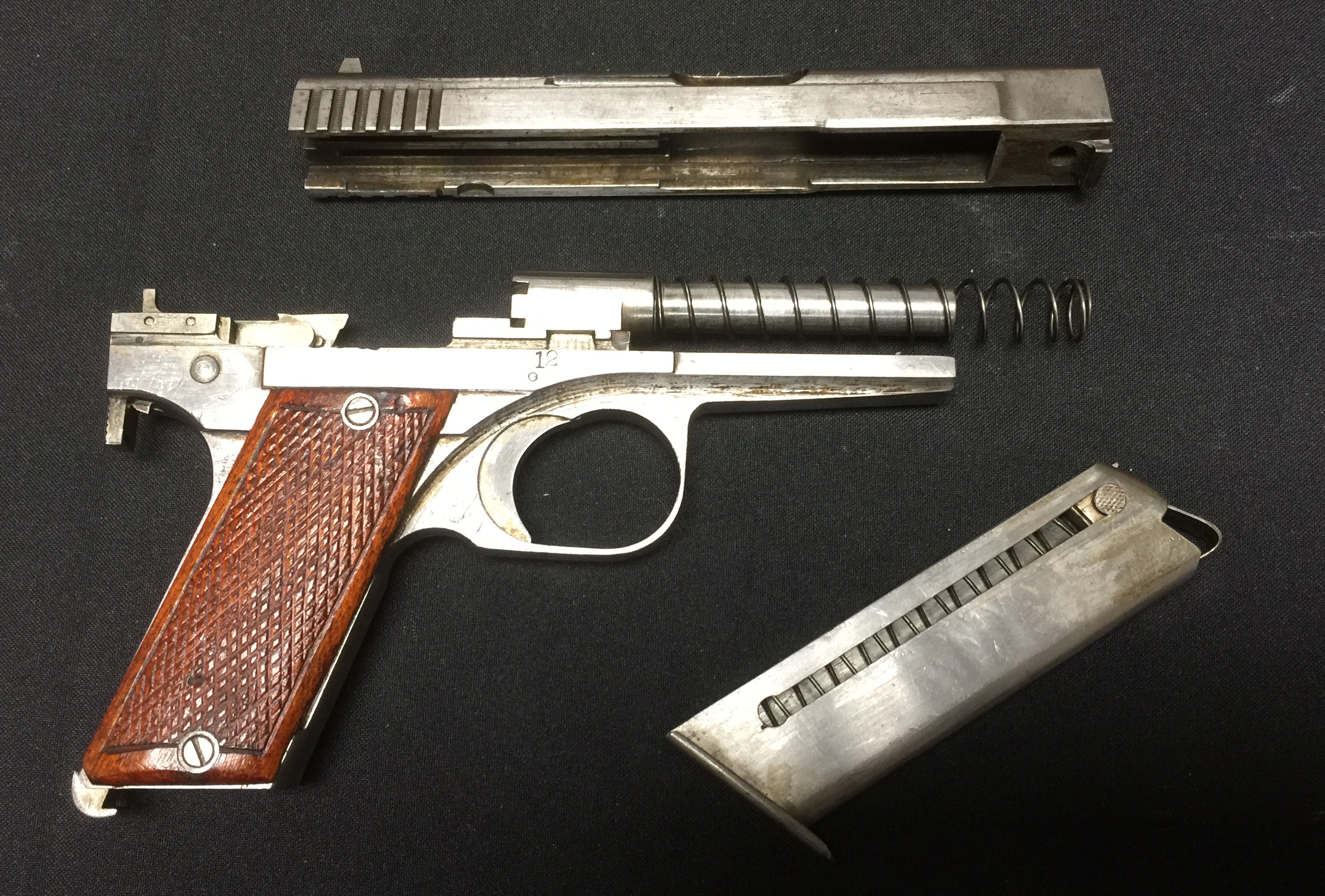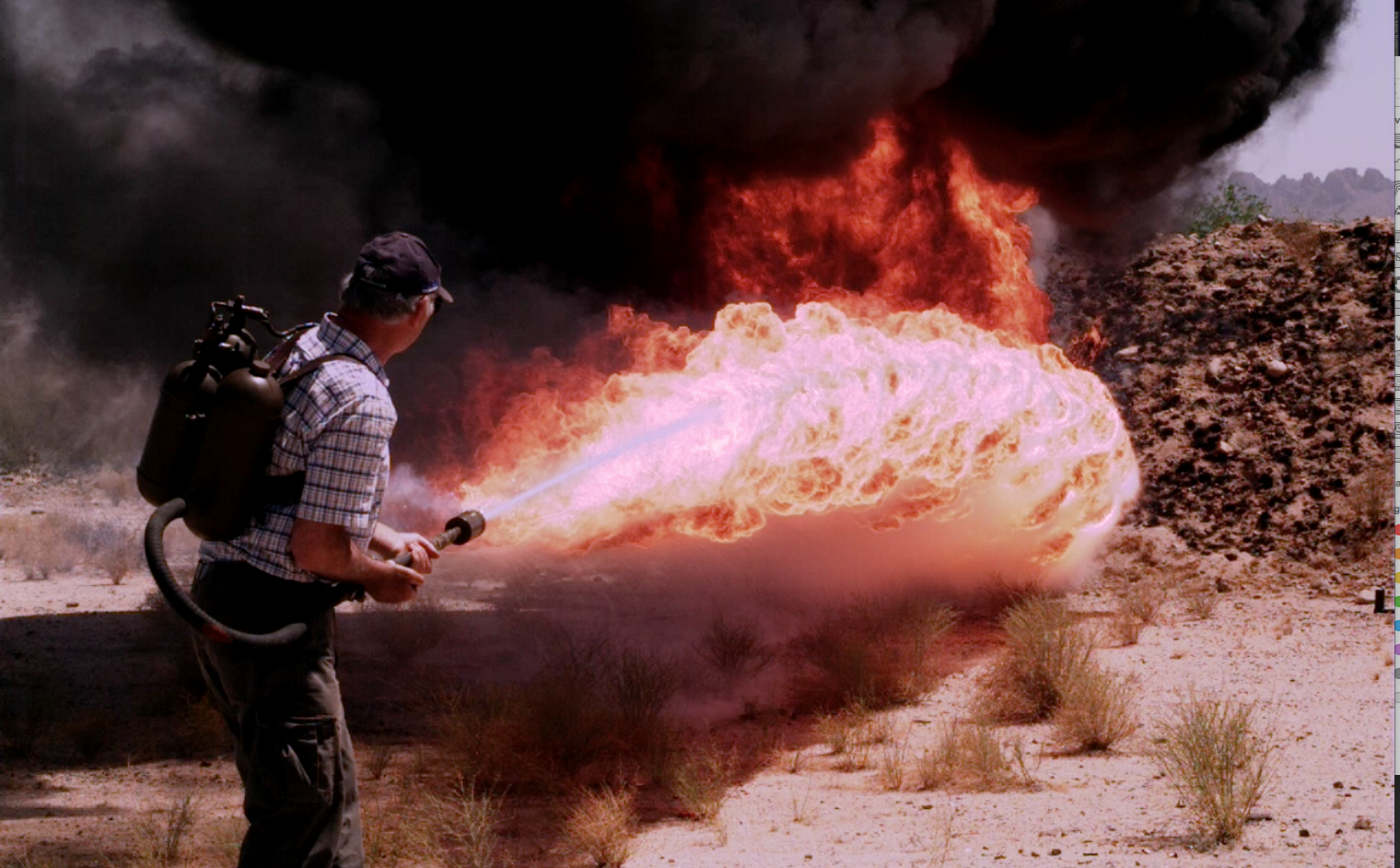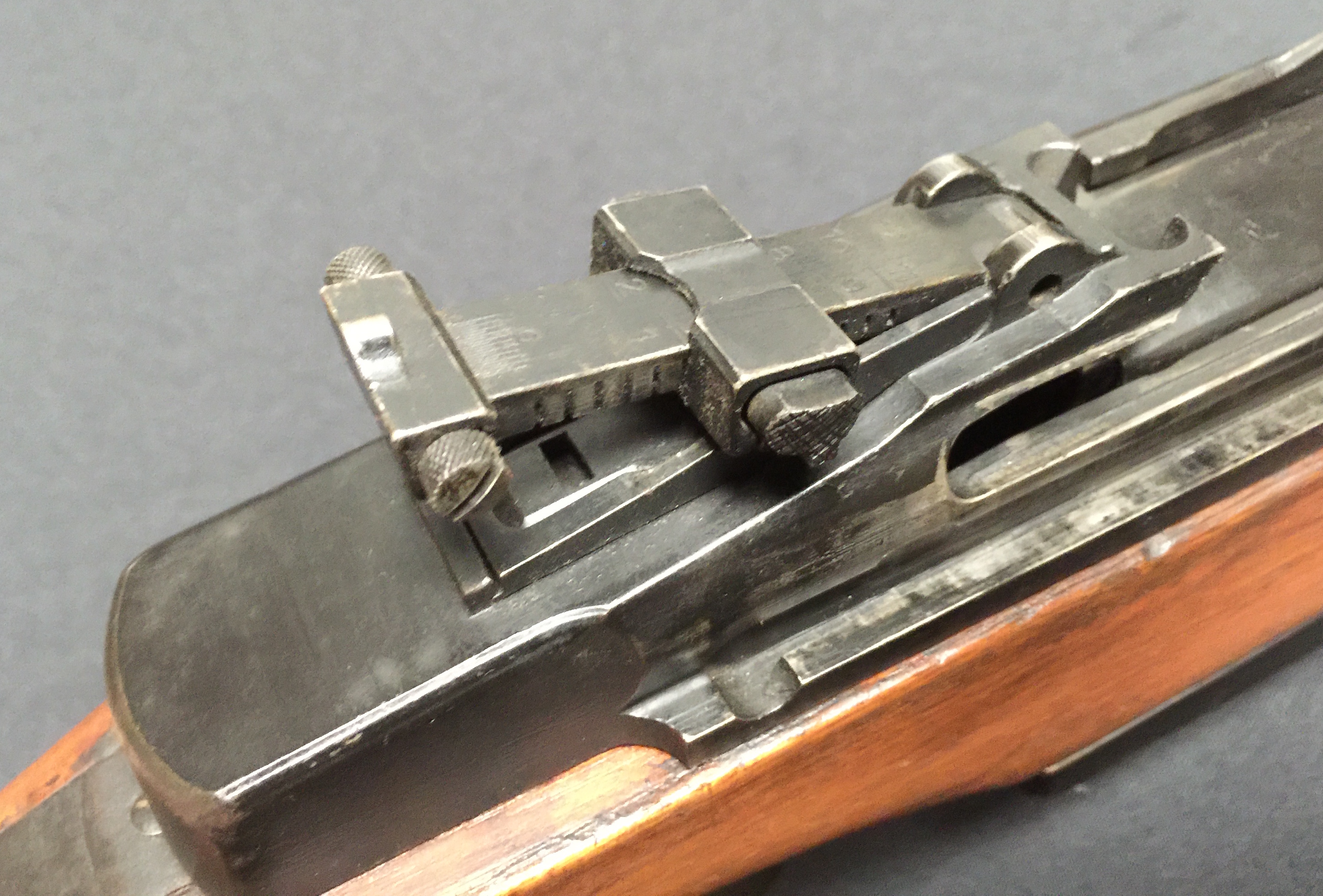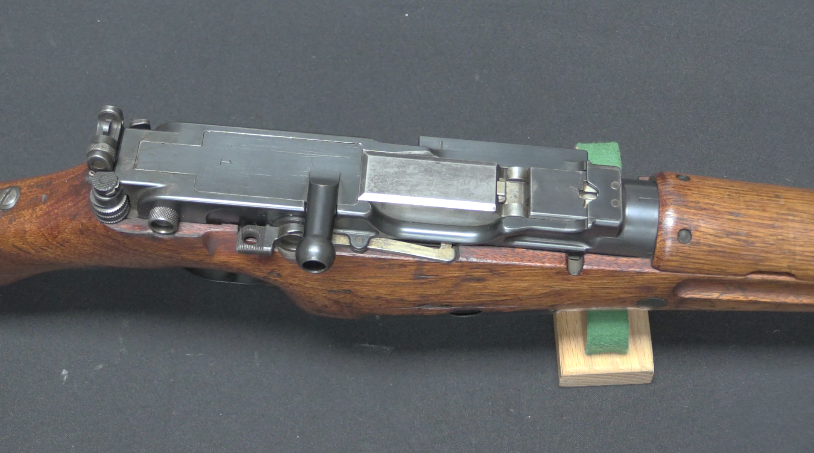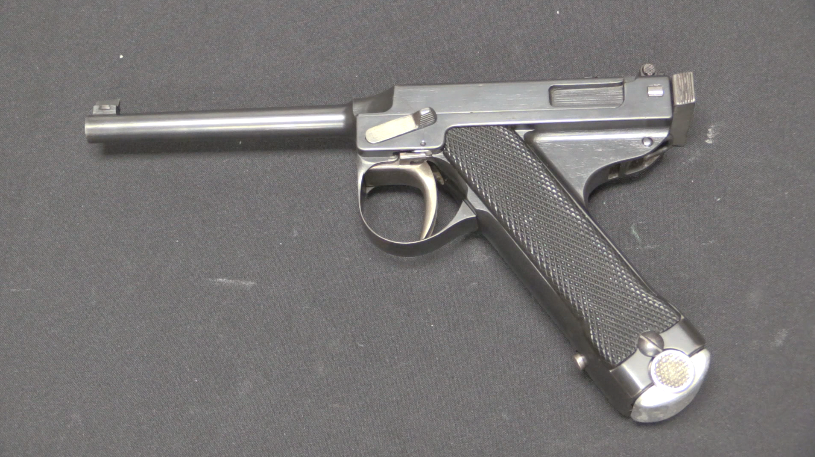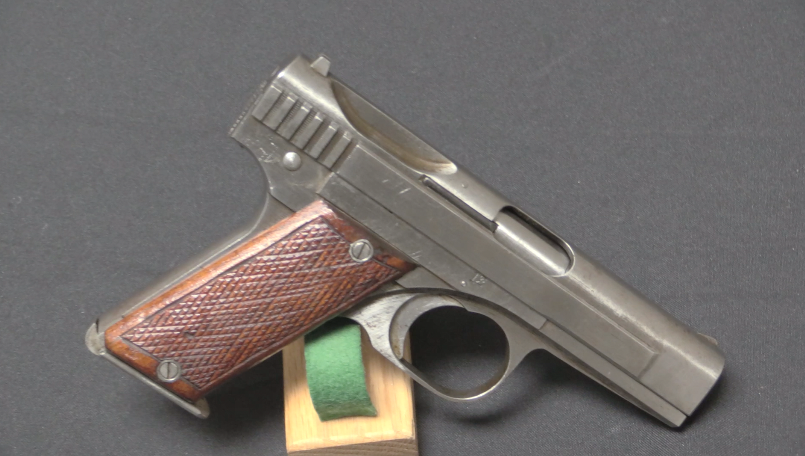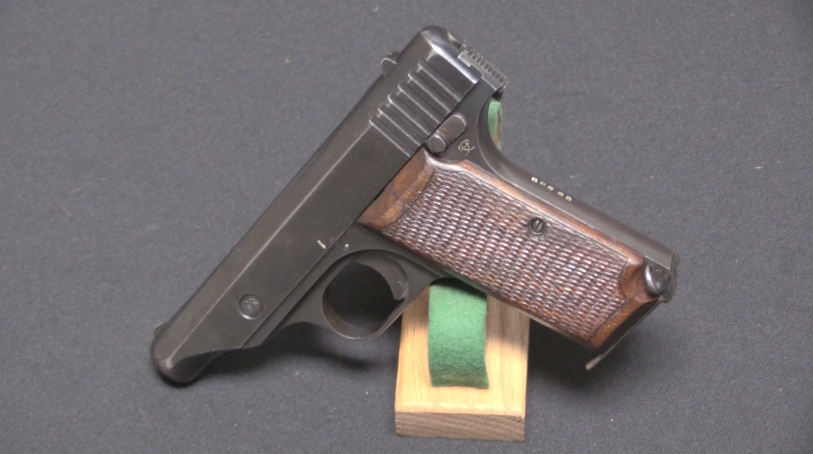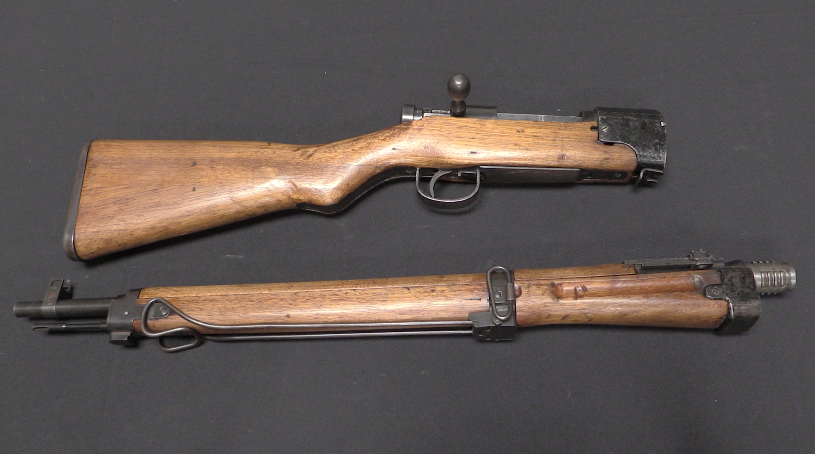
A 75mm Maxim-Nordenfelt Cannon and the Type 30 Arisaka
First up, a 75mm Maxim-Nordenfelt cannon that was on display at the Carabinieri Museum in Rome. Guns like this one were pretty widely used by countries all over the world, with a wide variety of details […]

